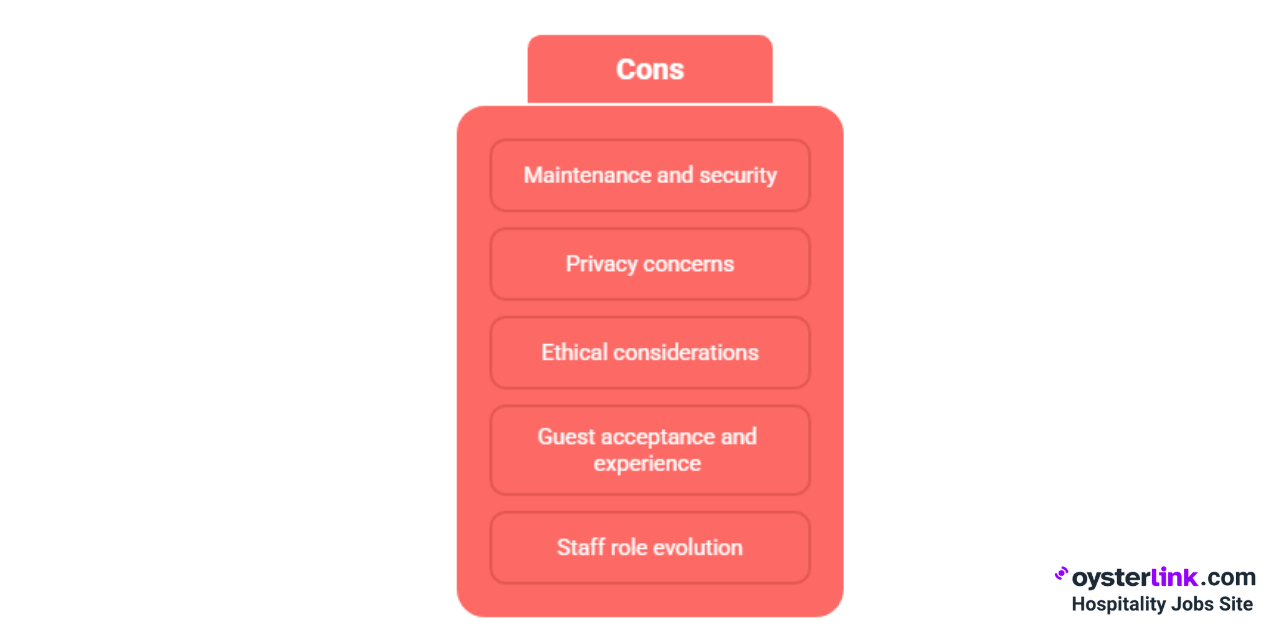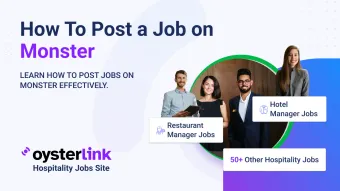AI Servers in Restaurants Key Takeaways:
- AI Servers automate key tasks — order-taking, food delivery, guest Q&A — helping mid-sized restaurants respond to labor shortages and rising wage costs.
- Costs range from a few thousand to $20,000+ per unit with ongoing software and maintenance fees.
- Owner feedback shows some regulars initially resist less human interaction but many guests praise speed, accuracy and easy customization.
Dining out used to be all about personal service, but technology is changing that fast. With labor shortages, rising costs and higher customer expectations, many restaurants are turning to AI-powered solutions.
AI Servers can streamline operations, reduce labor needs and still keep that warm, welcoming vibe regulars love.
In the next few sections, we'll explore how these AI restaurant Servers work and and discuss their pros and cons.
How AI Servers Work in Modern Restaurants
AI Servers in restaurants utilize robotics, machine learning, sensors, cameras, natural language processing and complex data systems to manage tasks traditionally performed by human staff.
They can greet guests, take orders, answer questions and deliver meals with impressive speed and accuracy, making the entire service process more efficient and connected.
These systems communicate in real-time with Chefs, Line Cooks and other staff to ensure accurate food preparation and timely delivery, effectively streamlining kitchen and front-of-house coordination.

Customers interact with AI Servers in various ways depending on the restaurant’s style. They may speak directly to a robot, use kiosk terminals to place their orders or handle everything through a mobile app.
These systems are often programmed with friendly personalities to create a welcoming atmosphere, helping guests feel at ease and sometimes adding a playful element to the dining experience.
AI Servers also link with POS terminals and inventory management tools, which monitor stock levels and track overall restaurant performance.
By collecting and analyzing customer data, these systems enable managers to streamline operations, plan menus more effectively and personalize future guest experiences.
When implementing AI technology, owners should look for vendors who prioritize PCI compliance and robust data privacy protocols, giving them control over what customer information is stored and accessed.
Types of AI Servers
AI Servers in restaurants come in many forms:
- Humanoid robots — these look and act like human Servers, sometimes even using facial expressions to interact with customers.
- Kiosk interfaces — tablet or touch-screen ordering points where diners enter orders directly.
- Mobile apps — allow guests to order, customize and pay through their own devices.
- Automated carts — small robotic carts that bring dishes from the kitchen right to your table.
These various types of AI servers can be combined or used independently to suit a restaurant’s specific needs.
Advantages of Implementing AI Servers in Restaurants
Adopting AI servers offers several key benefits that can transform your restaurant’s operations and guest experience.
Let’s explore each of these benefits in detail:
Speed and efficiency
AI Servers can significantly speed up service, minimizing wait times and reducing human errors.
Automating routine tasks allows for faster order taking and food delivery, leading to a smoother dining experience.
Cost savings
With fewer staff needed for repetitive tasks, restaurants can lower labor costs.
This efficiency enables some venues to reallocate resources toward enhancing food quality, customer engagement or expanding menus, ultimately increasing profitability.
Improved accuracy and consistency
AI systems can improve order accuracy, reducing mistakes caused by miscommunication or human error.
This consistency ensures a reliable dining experience that meets guest expectations.
Enhanced guest engagement
Deploying AI can create a modern, engaging atmosphere, appealing to tech-savvy customers and making the restaurant stand out.
Features like personalized recommendations or interactive interfaces can boost guest satisfaction.
Data insights and personalization
AI Servers collect and analyze customer data, helping Managers streamline operations, plan menus and personalize future experiences.
This leads to more targeted marketing and improved customer loyalty.

Challenges of Implementing AI Servers in Restaurants
While the benefits of AI Servers are compelling, integrating this technology into your restaurant comes with several challenges that require careful consideration and planning.
These include:
Maintenance and security
AI systems require regular upkeep, including software updates, calibration and cybersecurity protections to guard against data breaches. Ensuring system reliability can be resource-intensive.
Privacy concerns
Storing customer preferences and orders raises privacy issues. Restaurant owners must comply with regulations like PCI standards and maintain transparency about data usage, which adds complexity.
Ethical considerations
There is an ongoing debate about job displacement and the long-term societal effects of replacing human workers with automation, especially in communities reliant on restaurant employment.
Guest acceptance and experience
Some diners appreciate the speed and convenience AI provides, but others may feel uncomfortable or miss the warmth of human interaction. Balancing automation with personal service remains a challenge.
Offering hybrid models — where guests can choose between tech-driven and traditional service — can help address this issue.
Staff role evolution
Implementation often requires retraining staff — many are transitioned into roles like "Customer Experience Hosts" or troubleshooting specialists.
While this preserves jobs, it also necessitates investment in staff development and changes in job descriptions.

The Impact of AI Servers on Restaurant Staffing
The growing use of AI servers is starting to transform the way restaurant teams operate, changing roles and shifting the overall staffing landscape.
Frontline employees now work alongside technology and the skills needed (plus the job descriptions) are adapting as a result.
Redefining roles and training
Staff may need to focus on technical troubleshooting, managing digital systems or helping guests use new ordering platforms. Training now often includes both hospitality and tech basics.
Chefs, Managers and Servers can focus more on offering personalized touches and creative experiences that AI cannot replicate.
Sometimes, a human touch — like remembering a guest’s name or favorite drink — still means everything.
Job displacement vs. job creation
While automation could reduce openings for traditional roles like Waiter or Dishwasher, restaurants need new types of staff: AI Technicians, Data Managers and System Operators.
The shift is creating new opportunities in technology management, system upkeep and guest services that blend tech with hospitality.
The Future Outlook: Upcoming Technologies in AI Servers
AI Servers are just getting started. With ongoing advancements, their abilities and impact on restaurants will only grow.
Innovations such as voice recognition, facial scanning and improved mobility for robot Servers are on the horizon.
AI systems may soon integrate with smart home or wearable devices, setting the stage for new ways of ordering and personalization.
These advances are pushing the boundaries of what automated hospitality can do.
For now, focus on proven features — order accuracy, POS integration and mobile app compatibility. Consider advanced add-ons once your team and guests are comfortable.
Potential for customization and personalization
AI Servers will increasingly use customer profiles and real-time feedback to tailor everything from table greetings to menu suggestions.
Returning guests might have their favorite order or seating preference ready the moment they step inside.
Personalization like this could redefine what loyalty and service mean in the restaurant world.










Loading comments...